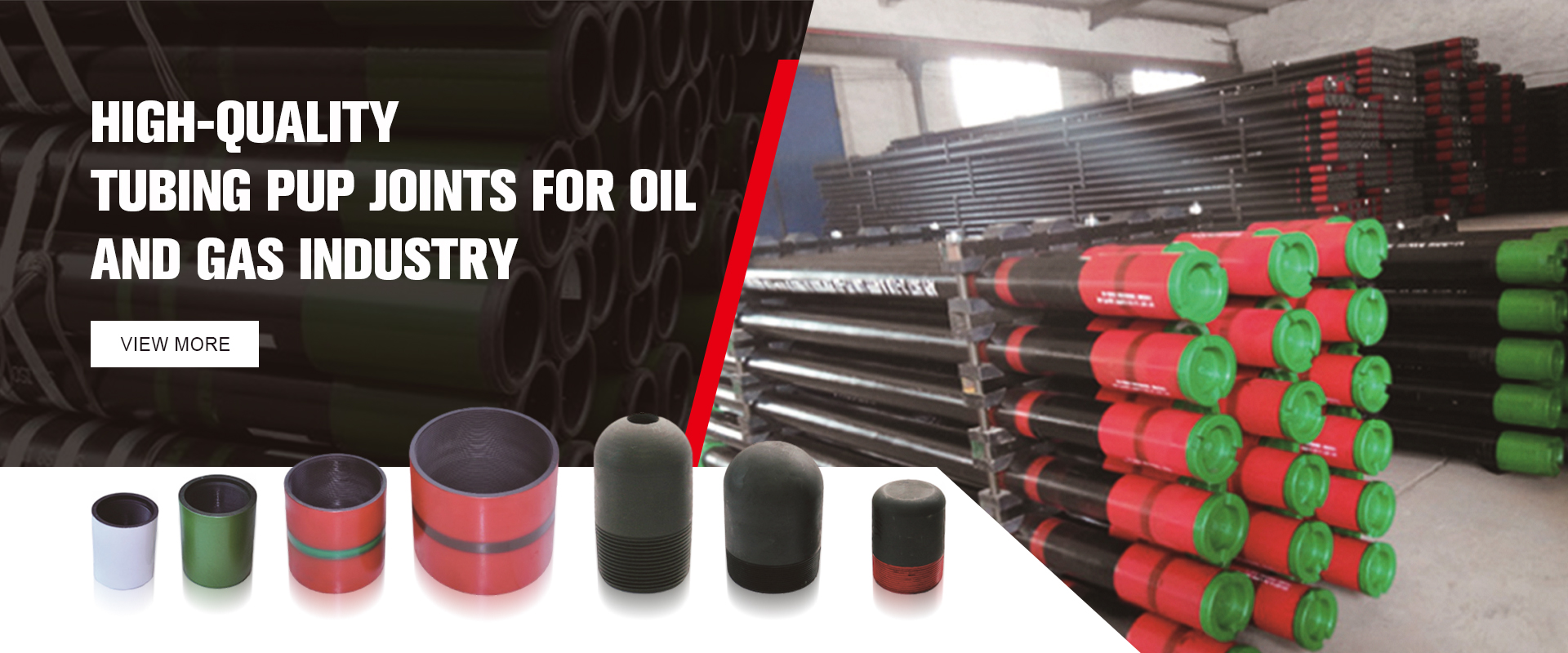- Afrikaans
- Albanian
- Amharic
- Arabic
- Armenian
- Azerbaijani
- Basque
- Belarusian
- Bengali
- Bosnian
- Bulgarian
- Catalan
- Cebuano
- Corsican
- Croatian
- Czech
- Danish
- Dutch
- English
- Esperanto
- Estonian
- Finnish
- French
- Frisian
- Galician
- Georgian
- German
- Greek
- Gujarati
- Haitian Creole
- hausa
- hawaiian
- Hebrew
- Hindi
- Miao
- Hungarian
- Icelandic
- igbo
- Indonesian
- irish
- Italian
- Japanese
- Javanese
- Kannada
- kazakh
- Khmer
- Rwandese
- Korean
- Kurdish
- Kyrgyz
- Lao
- Latin
- Latvian
- Lithuanian
- Luxembourgish
- Macedonian
- Malgashi
- Malay
- Malayalam
- Maltese
- Maori
- Marathi
- Mongolian
- Myanmar
- Nepali
- Norwegian
- Norwegian
- Occitan
- Pashto
- Persian
- Polish
- Portuguese
- Punjabi
- Romanian
- Russian
- Samoan
- Scottish Gaelic
- Serbian
- Sesotho
- Shona
- Sindhi
- Sinhala
- Slovak
- Slovenian
- Somali
- Spanish
- Sundanese
- Swahili
- Swedish
- Tagalog
- Tajik
- Tamil
- Tatar
- Telugu
- Thai
- Turkish
- Turkmen
- Ukrainian
- Urdu
- Uighur
- Uzbek
- Vietnamese
- Welsh
- Bantu
- Yiddish
- Yoruba
- Zulu
what is the difference between casing and tubing?
The Difference Between Casing and Tubing in Oil and Gas Operations
In the complex world of oil and gas extraction, the terms “casing” and “tubing” are integral to the functioning of wells. Although these two components may seem interchangeable, they serve distinct purposes and are designed to meet different operational requirements. Understanding the differences between them is crucial for anyone involved in the exploration and production of hydrocarbons.
What is Casing?
Casing refers to the series of steel pipes that are installed in the wellbore after the drilling process. Its primary purpose is to stabilize the well, preventing the walls from collapsing and protecting the surrounding geological formations. Casing also serves to isolate the various underground formations from each other to control the movement of fluids within the well. This is especially important when dealing with different pressures and temperatures in the subsurface environment.
Casing is installed at different depths and can be segmented into various sections, each tailored for specific geological conditions. Common types of casing include surface casing, intermediate casing, and production casing. Surface casing is laid at the top of the well and serves to protect groundwater sources, while production casing isolates the section of the well that will be used for oil or gas production.
The process of casing installation involves several steps. After drilling a section of the well, casing pipes are lowered into the wellbore. These pipes are then cemented in place to create a strong bond with the surrounding rock, ensuring stability and integrity. This cementing process is essential because it prevents the migration of fluids between different formation layers and protects the wellbore from external environmental influences.
What is Tubing?
In contrast to casing, tubing is a smaller diameter pipe that is inserted into the well after the casing has been installed. Tubing runs from the surface down to the production zone and is specifically designed for the transportation of hydrocarbons to the surface. The primary role of tubing is to provide a conduit through which oil, gas, and other fluids can flow freely from the reservoir into the production facilities.
One of the key features of tubing is its adaptability to various well conditions. It can be made from various materials, including carbon steel and corrosion-resistant alloys, depending on the type of fluids it will transport and the environmental conditions it will encounter. Tubing is also designed to withstand high pressures and is often equipped with specialized fittings and connections to ensure a secure and leak-proof operation.
what is the difference between casing and tubing?

The installation of tubing typically occurs after the well has been cased and completed. It involves inserting the tubing into the casing and sealing it at the surface to prevent any leakage. Unlike casing, tubing is not cemented into place, allowing it to be easily pulled from the well for maintenance or replacement if needed.
Key Differences
While both casing and tubing are essential components of a well, they differ significantly in their design, purpose, and installation processes
1. Function Casing stabilizes and protects the wellbore while isolating formations, whereas tubing serves as the conduit for the flow of hydrocarbons.
2. Size and Material Casing is larger in diameter and is made to withstand the rigors of the wellbore, whereas tubing is smaller and designed for fluid transport.
3. Installation Casing is cemented into the well to create a secure barrier, while tubing is inserted into the casing without cementing, allowing for maintenance flexibility.
4. Pressure and Temperature Handling Casing is engineered to handle the pressure and temperature of the entire well column, while tubing is specifically tailored for the conditions of the production zone.
Conclusion
In summary, casing and tubing are vital components of oil and gas wells, each serving unique and critical roles in the extraction process. Casing stabilizes the well and isolates various geological formations, while tubing provides a pathway for producing hydrocarbons. Understanding these differences is key for optimizing well design and ensuring efficient and safe extraction operations. As the oil and gas industry continues to evolve with new technologies, the roles and specifications of casing and tubing will adapt to meet changing operational needs.
-
Tubing Pup Joints: Essential Components for Oil and Gas OperationsNewsJul.10,2025
-
Pup Joints: Essential Components for Reliable Drilling OperationsNewsJul.10,2025
-
Pipe Couplings: Connecting Your World EfficientlyNewsJul.10,2025
-
Mastering Oilfield Operations with Quality Tubing and CasingNewsJul.10,2025
-
High-Quality Casing Couplings for Every NeedNewsJul.10,2025
-
Boost Your Drilling Efficiency with Premium Crossover Tools & Seating NipplesNewsJul.10,2025







